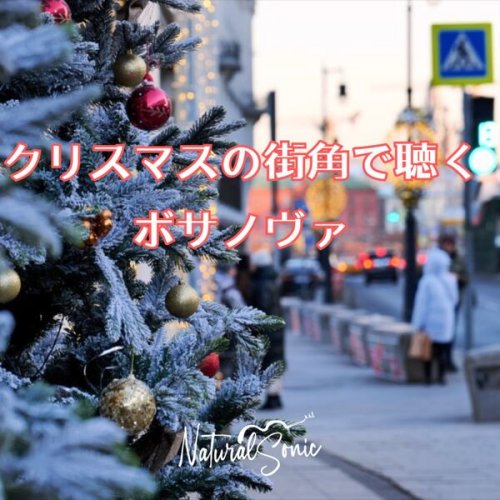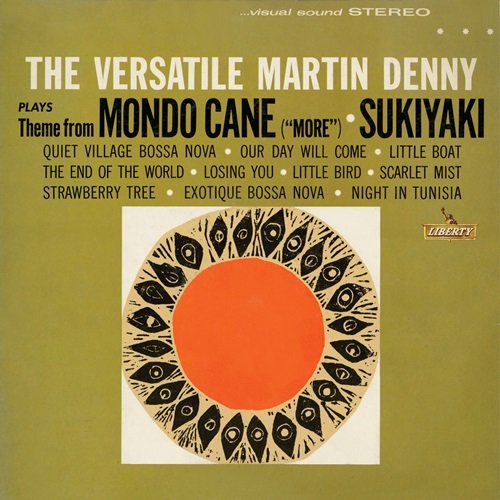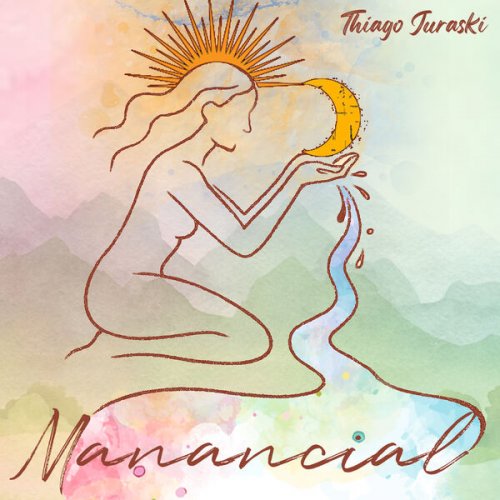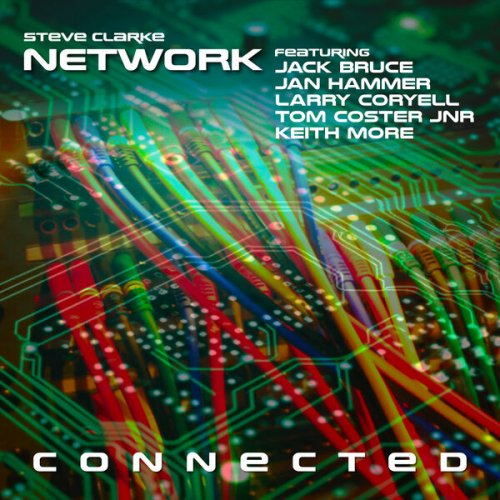01. Gran raccolta di Sonate per organo - Quarto fascicolo: No. 1 in C Major, Offertorio
02. Gran raccolta di Sonate per organo - Quarto fascicolo: No. 2 in A Major, Elevazione
03. Gran raccolta di Sonate per organo - Quarto fascicolo: No. 3 in B-Flat Major, Postcommunio
04. Gran raccolta di Sonate per organo - Quinto fascicolo: No. 1 in D Minor, Offertorio
05. Gran raccolta di Sonate per organo - Quinto fascicolo: No. 2 in B-Flat Major, Elevazione
06. Gran raccolta di Sonate per organo - Quinto fascicolo: No. 3 in F Major, Postcommunio
07. Gran raccolta di Sonate per organo - Sesto fascicolo: No. 1 in C Major, Sonata
08. Gran raccolta di Sonate per organo - Sesto fascicolo: No. 2 in G Major, Pastorale
09. Gran raccolta di Sonate per organo - Sesto fascicolo: No. 3 in D Major, Sonata
10. Il Santo Natale. Pastorale per gli organi moderni
11. Gran Sinfonia variata per gli organi moderni
As has been established, thoroughly studied and carefully exposed by Gabriele Moroni, the greatest scholar specializing in Giovanni Morandi’s biography and works, Morandi can doubtlessly be considered as one of the towering figures of nineteenth-century Italian instrumental music, particularly as concerns the organ. In spite of this, his name is little known outside a circle of specialists: few, even in Italy, are acquainted with the treasures of Italian Romantic music for instruments. The prejudice according to which nineteenth-century Italian music coincides with opera is one of the hardest to dismantle; however, fortunately, undertakings such as the present one are a major contribution toward the re-evaluation of this marvelous heritage.
Giovanni Morandi was born in 1777 in the Marche region, in central Italy. The Marche are a rather large region, with a long coast on the Adriatic Sea and a plethora of enchanted cities and villages in its inland, which consists mainly of sweet hills. Even today, however, the part of Marche which attracts the attention is its coast, although its hidden soul is fascinating. In the nineteenth century, the different development of the sea cities and of those of the inland was perhaps even more pronounced. For this reason, Morandi’s family moved from Pergola, his birth city, toward Senigallia, a coastal city which offered many more opportunities. Giovanni’s father was a respected musician: an appreciated teacher of singing, and a composer of sacred music, organ works, but also operatic music.
Giovanni’s musical education took place under the wings of his father. At the age of 26, his activity as an operatic pianist is documented (but in all likelihood he was already active well before that). The turning point of his life happened the following year (1804), when he married a brilliant singer, Rosa Morolli, who had studied under his guidance before becoming his wife.
Several female singers, in the nineteenth century, were compelled, or at least encouraged, to abandon their career when they got married. This was certainly not the case with Rosa, who was the wife of a musician who knew his spouse’s talent and skill. Indeed, not only did Giovanni promote his wife’s career, but he also became her manager and her first supporter throughout the operatic tours she was to live in the following years. Being an accomplished musician himself, Giovanni could knowledgeably negotiate with impresarios, but he was also able to creatively intervene when adaptations or arrangements were needed on the scores to sing.
Giovanni, however, was not just his wife’s accompanist or fellow traveler; thanks to the contacts he had with impresarios and theatre managers, he had some of his own theatrical works performed in important cities and stages (including Florence, Mantua, Rome). Rosa’s career took the couple outside Italy, and especially to Paris, where Giovanni was briefly employed as maestro al cembalo at the Théâtre des Italiens.
The standing of the Morandi couple in the musical field is demonstrated and exemplified by a famous episode which took place in 1810. In Bologna, they met Gioachino Rossini’s parents, and pledged to support their son’s career; in that same year, the opportunity to keep faith to their promise arose, when the Morandis proposed Rossini as a last-minute replacement for an opera in Venice. Allegedly, not only did they provide him with the first important engagement of his career, but they also intervened (at the level of both “diplomacy” and music) when the singers required changes or modifications on Rossini’s original score.
In those same years, or shortly before that, Morandi also had his first works published by the most important Italian publisher, Giovanni Ricordi; Ricordi would become the reference figure for the great part of Morandi’s published oeuvre.
Morandi’s life as a married man lasted only twenty years, from 1804 to 1824, when Rosa died in Milan. Her widower’s life changed once more; he decided to abandon the touring lifestyle he had experienced with his spouse, and to settle in Senigallia for good. This third part of his life was to last thirty years, when Morandi hardly ventured more than a few kilometers from the city. This seclusion, however, was limited to geography; both intellectually and personally, Morandi did not live a hermit’s life. Quite the contrary: he was at the center of the cultural life of his city, and, through it, also of the rest of Italy. In Senigallia, he promoted musical life at all levels: from teaching to sacred music, from organ music to opera; furthermore, he had an important role also on the plane of civic life, being active in local politics and administration.
Among his various activities was a business enterprise in the field of music publishing; the appointment as a chapel master at the Cathedral Church of Senigallia; his leading role in the local Philharmonic Academy, which in turn organized musical education and performances; and many more. He was at the center of a net of relationships with several Church institutions in the city; this, along with his role as the Cathedral organist, encouraged him to compose new works for the organ, which constitute the main source of his organ output.
The works collected in this Da Vinci Classics album, which represents the third instalment of the recording of Morandi’s complete works, were all written within a very short period of time, exactly two centuries ago, i.e. between 1822 (Gran Sinfonia variata per gli organi moderni) and 1825 (Il Santo Natale. Per gli organi moderni). It will be recalled that Rosa died in 1824, so this production encompasses that dramatic moment in Morandi’s life.
In spite of the discontinuity represented by that event in Morandi’s life, his interest in the organ is a constant element throughout his career. As Moroni established, Morandi wrote some 37 pieces for the organ in the first 26 years of his documented activity (1808-1824), and 70 in the following 31 years (1825-1856). This reveals an increase during his non-nomadic years (and this was to be expected, given the hectic rhythms of an operatic singer’s career, determining also those of her husband), but also a steady flow of new works which, together, surpass the number of 100 units.
In the present CD, two of the recorded works – as mentioned above – include the specification “per gli organi moderni” in their very title. The indication “for modern organs” needs therefore to be briefly considered. Two main schools of organ-building were active at the beginning of the nineteenth century in Italy; their names are that of Callido and Serassi. By examining the indications for registration found in Morandi’s oeuvre, Moroni has found that they correspond mainly to the Callido approach, even though Morandi frequently specifies that his indications are not binding.
Moreover, it was precisely in that first part of Morandi’s career as a composer of organ music that his interest in innovations is more transparent and evident. It is almost only in the works published before 1824 that “orchestral” indications are found. These include labels suggesting the imitation of oboe, flute, bassoon, violin, piccolo, etc., as well as the “full orchestra” whose sounds were evoked by the “modern” organs. In a later period of his life, he would by no means disregard the crucial aspect of organ timbre, but he would also display less interest in the direct imitation of orchestral instruments.
Morandi’s Gran Raccolta (“Great Collection”) of Organ Sonatas consists of what he calls “Books”; actually, each “Book” coincides with a Sonata, whose three movements correspond to the typical structure of the instrumental Sonata in the eighteenth/nineteenth century: a quick movement, a slow one, and a quick finale. However, these movements are labelled differently from those of, for instance, a piano sonata. In the case of the Fourth and Fifth Book recorded here, the opening movement is called Offertorio, the slow central movement is called Elevazione, and the concluding brilliant movement is called Postcommunio. These titles refer to the liturgical destination of each movement, i.e. for Offertory, for Elevation (when the consecrated Host is shown to the congregation, being held high, i.e. “elevated”, in front of them) and for the final rites, preluding to the Mass’ conclusion. This also explains what would otherwise seem peculiar, i.e. the tonal structure of these Sonatas. Whilst a “normal” Sonata is ordinarily played without intermission (although in the early nineteenth century this was far from “normal” even in the case of piano sonatas or symphonies), here these movements are separated by several minutes of worship; therefore, a seemingly odd tonal relation such as that found in Book Four (A major/B-flat major) does not strike the ear as it would do in a concert.
Book Six represents an exception to this normal scheme, since its three movements are called Sonata, Pastorale, and Sonata: the destination is evidently a Christmas worship, as is clearly indicated by the “pastoral” movement. Both here and in Il Santo Natale, another Christmas pastorale, the presence of rhythms alluding to dance is noteworthy. However, different from most of his contemporaries, Morandi was clearly aware that dance music proper was ill-suited for Catholic worship, and he normally avoided it carefully. Here, it is the special atmosphere of Christmas that calls for a more relaxed, tender, and “humane” attitude, where even a rhythm of dance can be not only tolerated, but even welcomed.
The Gran Sinfonia Variata represents a brilliant example of Morandi’s skill as a composer of variations. Published by Ricordi, it was presented as a piece “to be played on solemn feasts”. It consists of three shorter Variations and a very long concluding one, and here Morandi’s taste for “organ orchestration” is clearly shown. The composer employs abundantly orchestral stops, and even specifies carefully the use of drum effects and their duration. The result is spectacular, and clearly corresponds to a particularly festive atmosphere, which it contributes to create.
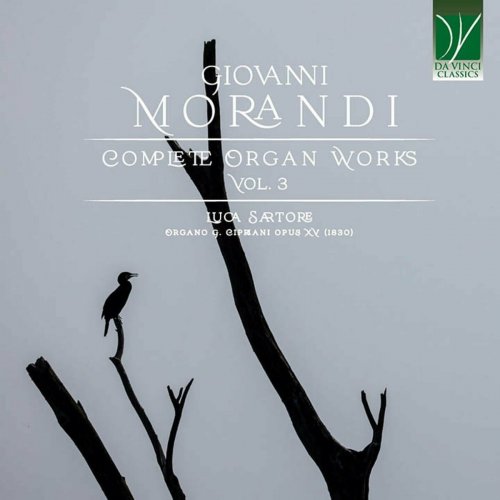

![Johnny Mathis - Sending You a Little Christmas (2013) [Hi-Res] Johnny Mathis - Sending You a Little Christmas (2013) [Hi-Res]](https://img.israbox.com/img/2025-12/23/38ptbeu2vtopjom56b48st4yc.jpg)
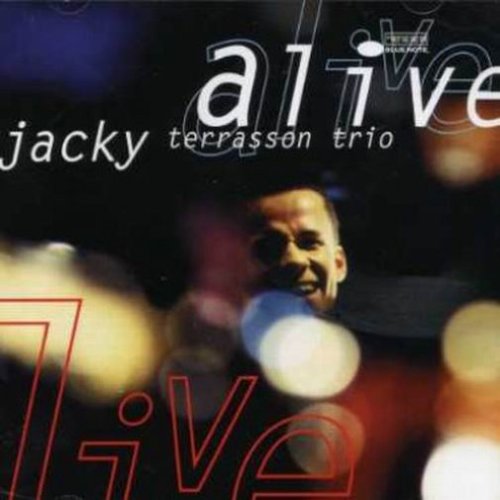
![Don Cherry, Dewey Redman, Charlie Haden & Ed Blackwell - Old And New Dreams (1979/2025) [Hi-Res] Don Cherry, Dewey Redman, Charlie Haden & Ed Blackwell - Old And New Dreams (1979/2025) [Hi-Res]](https://www.dibpic.com/uploads/posts/2025-12/1766322079_cover.jpg)
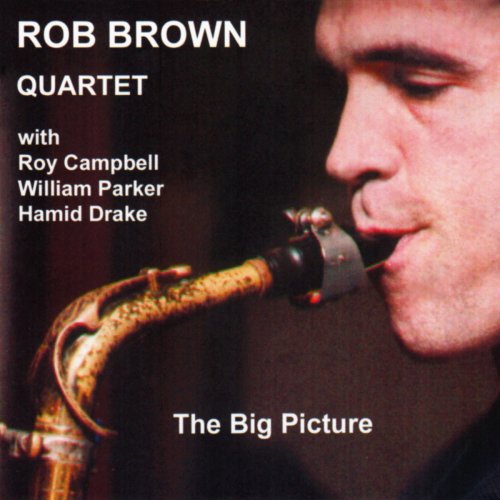
![Art Ensemble Of Chicago - Full Force (1980/2025) [Hi-Res] Art Ensemble Of Chicago - Full Force (1980/2025) [Hi-Res]](https://www.dibpic.com/uploads/posts/2025-12/1766322547_cover.jpg)
